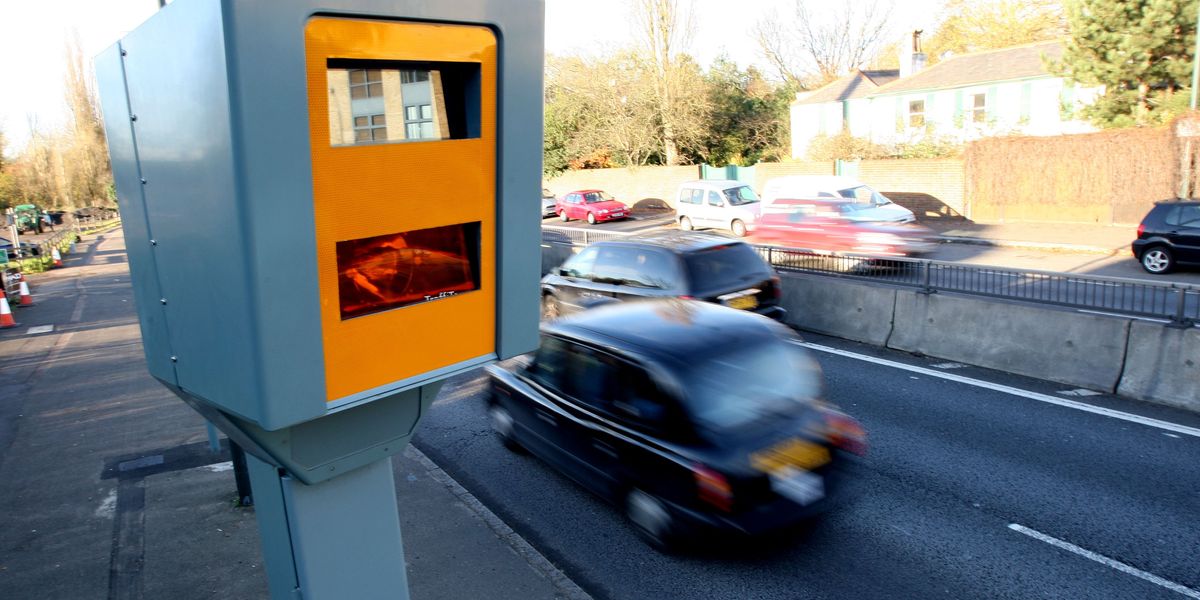The US government’s weather agency has been dismantled by the Department of Government Efficiency (Doge) after it was accused of peddling “misinformation”.
Hundreds of weather forecasters at the National Oceanic and Atmospheric Administration (NOAA) were fired last week as part of Donald Trump’s plans to slash the federal workforce.
In total, at least 800 civil servants are thought to have lost their jobs, including meteorologists, radar specialists and crews of hurricane hunters, who fly aircraft into storms to help forecasters, according to CBS.
The job cuts have triggered protests at the agency’s headquarters in Maryland, with some scientists and lawmakers warning that removing staff involved in predicting natural disasters will “endanger American lives going forward”.
Prof Roger Pielke, a senior fellow at the American Enterprise Institute who focuses on the politicisation of science, said that the agency is “reaping the whirlwind” for “cutting corners on science”.
“By not upholding the highest standards of scientific integrity, we’ve opened the door to politicians meddling,” he said.

NOAA runs the National Weather Service, which issues weather warnings — such as hurricane and tornado alerts — and the National Marine Fisheries Service. It is also responsible for monitoring the health of the oceans and the warming of the climate.
Prof Pielke began writing about NOAA’s “billion dollar disaster” data 15 years ago.
The data comprises of a chart showing the number of weather disasters costing more than a billion dollars that have struck the US since 1980.
That list, which runs to 403 entries and has featured in numerous government reports on global warming, was referred to at least seven times by the Biden administration to help make the case for climate policies, and was cited by lawmakers in a bill to curb the use of fossil fuels.
But according to experts, studies and former NOAA officials, the chart proves little about the effects of climate change, and instead shows that disasters are becoming more expensive because Americans choose to build in hazard-prone areas.
“The problem is you can’t use economic data to say anything about climate change,” said Prof Pielke.
According to The Washington Post, the total population of the 15 counties struck by Hurricane Milton surged from 3.7 million people in 1980 to 9.1 million in 2023.
This embedded content is not available in your region.
At the same time, as the population more than doubled, the area’s economic activity quadrupled.
“It doesn’t take as much to get to a billion dollars now than it did 20 years ago,” one of the list’s creators told the Post.
Detection and attribution
As a result, Prof Pielke has warned it is impossible to disentangle how much of the increased cost of accidents is caused by climate change and how much is a result of risky developments.
Prof Pielke said the issues with the data stem from the practice of identifying trends and evaluating their causes, called “detection” and “attribution”.
“Economic loss data is not suitable for detection and attribution of trends in extreme weather events because losses involve more than just climatic factors,” he said.
In a 1998 peer-reviewed study, Prof Pielke found that, although the cost of hurricane destruction has grown in recent years, when the costs are adjusted to account for the growth in population and the increased number of properties, that trend disappears.
The Great Miami Hurricane, which caused $105 million in damage when it made landfall in 1926, would have cost $236 billion if it had hit in 2018.
A similar story is true for wildfires, after the blazes that tore through Los Angeles’ Pacific Palisades region in January became one of the most recent additions to the billion dollar list.
The number of houses built in places at higher risk of wildfires grew from 30.1 million in 1990 to 55.1 million in 2020, according to a Forest Service report.
In short, it is not that the extreme weather events are becoming more destructive; rather that the areas they hit are becoming more expensive, the professor’s theory suggests.
“The overwhelming undeniable cause of increasing disaster losses across the world is concentrating wealth in places exposed to extreme weather conditions,” said Prof Pielke, pointing to insurance costs in California, a lack of disaster preparedness and planning rules that prevent houses being retrofitted to make them more fire resistant.
“The disaster costs are the result of very local decisions that are political,” he said.
In January last year, Prof Pielke sent a request for correction to NOAA alleging that it had fallen short of scientific standards by failing to disclose how it arrived at its estimates for costing disasters, and failing to submit its data regularly for peer review.
By essentially keeping its methods secret, NOAA cannot be scrutinised by the broader scientific community.
In one instance, the agency estimated that Florida’s hurricane Idalia in August 2023 caused $3.6 billion in damage – nearly 12 times the $310 million total insured losses calculated by the state itself.
“The dataset is a clever public relations gimmick, to be sure, but it should never be used in scientific research, climate assessment reports, or as a grounding for policy,” Prof Pielke said.
The agency responded by defending its data for hurricane Idalia and promised to “undertake actions to improve the documentation and transparency” of its list.
Clashes with other scientists
Over the years, Prof Pielke has clashed with other scientists and government officials over his research, with some accusing him of denying climate change.
“It’s very difficult to uphold scientific integrity in the context of climate because people immediately think you’re a climate change sceptic,” he said. “The seriousness of climate change doesn’t justify cutting corners on science.”
His research has gained traction among Republicans, after a group of three GOP congressmen penned a letter raising concerns about the agency publishing “misleading data”.
“NOAA’s reports are broadly cited and used to justify policy decisions on climate change. Therefore, it’s critical that the information endorsed by NOAA is accurate and trustworthy,” Representatives Frank Lucas, Max Miller and Jay Obernolte wrote.
“As the nation’s primary authority for weather reporting, NOAA’s scientific data must be unwaveringly trusted by the public,” the letter continued.


The agency was accused of driving climate “alarm” in Project 2025, a controversial manifesto produced by the Heritage Foundation that was widely viewed as a blueprint for Mr Trump’s second term.
The billion dollar disaster list was widely adopted under the Biden administration, who used it to announce a summit focused on improving resilience to climate change.
“Across the country, Americans are experiencing the devastating impacts of climate change. In just the first eight months of the year, there have been 23 separate billion-dollar weather and climate disasters — more than any other year on record,” the administration said in a news release.
Prof Pielke said that once the billion dollar disaster graph became a talking point, it “seeped into the scientific literature and became a cancer”.
“When Joe Biden misuses your data, even if he’s on the side that the scientists say they’re on, you still have the responsibility to call them out,” he said. “The inability of the scientific community to hold itself to its own standards is problematic.
“If the billion dollar disaster data set was hosted by GreenPeace, that would be fine, but the NOAA is one of the preeminent scientific institutions of the US government. They have authority and legitimacy.”
Addressing the Doge cuts, he said: “I am not a fan of the Doge team taking a wrecking ball to the NOAA, but I fault Congress for not doing oversight for years. Now we’re reaping the whirlwind.”
An NOAA spokesman said the agency thoroughly examined the billion-dollar data set in response to Dr Pielke’s request for correction (RFC) and did not identify any data inaccuracies.
They said that the agency will update its management practices for the data set, including by disclosing publicly available sources of data, disclosing its methodology, formalising procedures to check the robustness of NOAA’s analyses and introducing a peer-review process.
The spokesman added: “NOAA’s actions in response to the RFC are to ensure the Billion Dollar Disaster data set complies with the highest standards for transparency and undergoes relevant peer review.”












